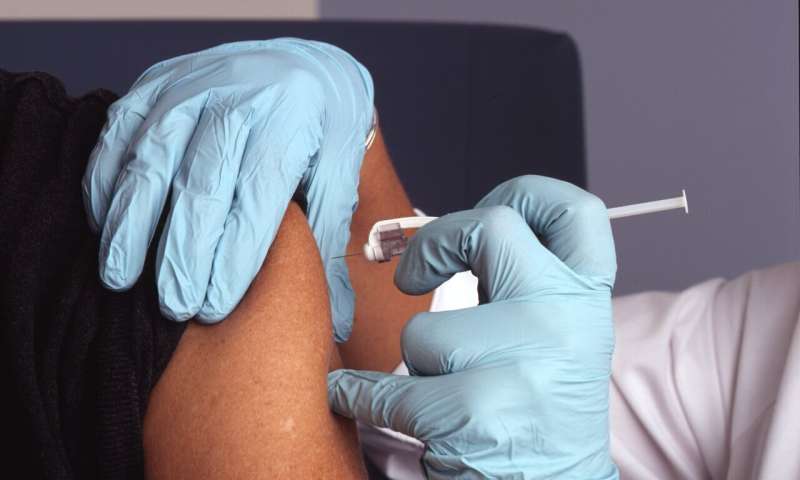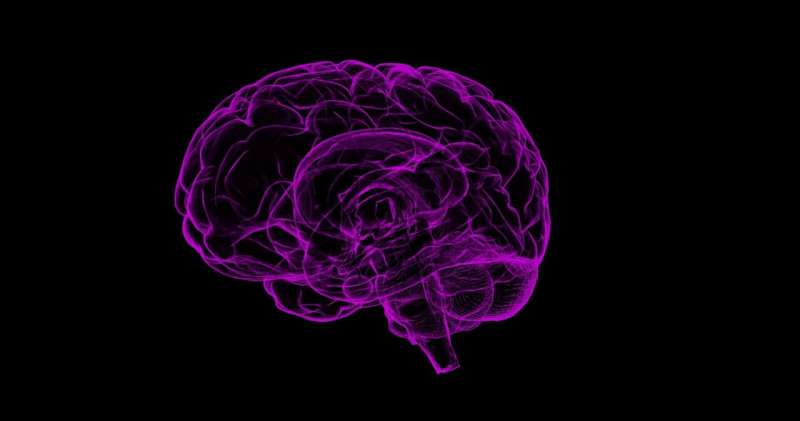Identification of a Crucial Neuron Group in the Amygdala Linked to Anxiety and Social Disorders

A groundbreaking study Identifies a specific group of neurons in the amygdala that influence anxiety, depression, and social behavior, opening new possibilities for targeted treatments of mental health disorders.
Recent research has pinpointed a specific population of neurons within the amygdala, a brain region central to emotional regulation, that significantly influences anxiety, depression, and social behavior abnormalities. Published in iScience, this study demonstrates that correcting the activity imbalance of these neurons can reverse behavioral deficits related to these conditions.
Conducted by the Synaptic Physiology laboratory at the Institute for Neurosciences (IN), led by Juan Lerma, the research involved genetically modifying mice to overexpress the Grik4 gene. This genetic change increased GluK4-type glutamate receptors, elevating neuronal excitability, and resulted in behaviors reminiscent of autism spectrum disorder and schizophrenia.
The team focused on the basolateral amygdala, restoring gene expression in this area to normalize communication with inhibitory neurons in the centrolateral amygdala known as "regular firing neurons." Remarkably, this adjustment reversed anxiety and social withdrawal behaviors. The study utilized electrophysiological techniques and behavioral tests to assess anxiety, depression, and social interactions by evaluating animals’ exploration tendencies and interest in unfamiliar mice.
Further, researchers applied genetic engineering and viral vectors to correct the neuronal activity alterations, which not only impacted genetically modified mice but also reduced innate anxiety behaviors in wild-type mice. This suggests that the mechanisms identified may have broader applications in understanding and treating affective disorders.
The findings open new avenues for targeted therapies, focusing on specific neural circuits within the amygdala. As some behavioral deficits like object recognition memory persisted, the researchers acknowledged the involvement of other brain areas, such as the hippocampus, in these disorders. Overall, these insights support the potential for more precise, circuit-specific treatments for anxiety and social dysfunctions.
This research originates from the Institute for Neurosciences (IN), a joint effort of the Spanish National Research Council (CSIC) and Miguel Hernández University (UMH) of Elche. The study highlights that the activity imbalance in a targeted neuronal subgroup can be a key driver of affective disorders, paving the way for innovative, localized neurotherapeutic strategies.
More information: Alvaro García et al, "Central role of regular firing neurons of centrolateral amygdala in affective behaviors," iScience (2025). [DOI: 10.1016/j.isci.2025.112649]
Source: https://medicalxpress.com/news/2025-07-key-group-cerebral-amygdala-neurons.html
Stay Updated with Mia's Feed
Get the latest health & wellness insights delivered straight to your inbox.
Related Articles
Improved Ventilation in NYC Nail Salons Significantly Reduces Toxic Air Exposure
Research reveals that simple ventilation improvements in NYC nail salons can significantly cut workers' exposure to harmful airborne chemicals, enhancing occupational health and safety.
New Study Challenges Link Between Contact Sports and Brain Protein Buildup in Aging Men
A groundbreaking Northwestern study finds no direct link between amateur contact sports and tau protein buildup in the aging brain, highlighting the role of normal aging processes in neurodegeneration.



